There’s an appeal to chores that demand more than a button tap. Once upon a time, several essential household routines brought families together while creating lasting memories. We revisit these hands-on practices, which give a peek into life before technology and time took over.
Manually Washing Clothes With a Washboard
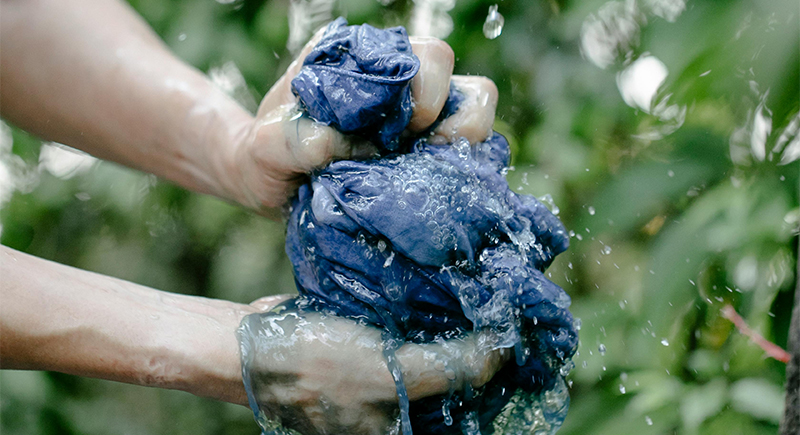
The sound of clothes against corrugated metal was once the soundtrack to laundry day before the hum of washing machines took over. The washboard was a household staple, with its wooden frame and metal surface. Although this chore was a workout, the satisfaction of sun-dried linens was worth every stress and callus.
Beating Rugs to Remove Dust and Dirt
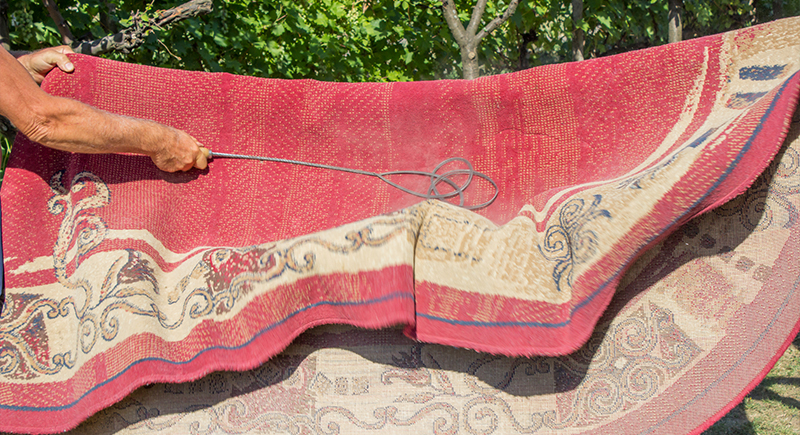
Whacking a rug with a broom or carpet beater until clouds of dust erupted used to be common—a messy but oddly therapeutic purge. While Roombas have taken over since the 1950s, they could never replicate the drama of watching grime float away.
Churning Butter at Home
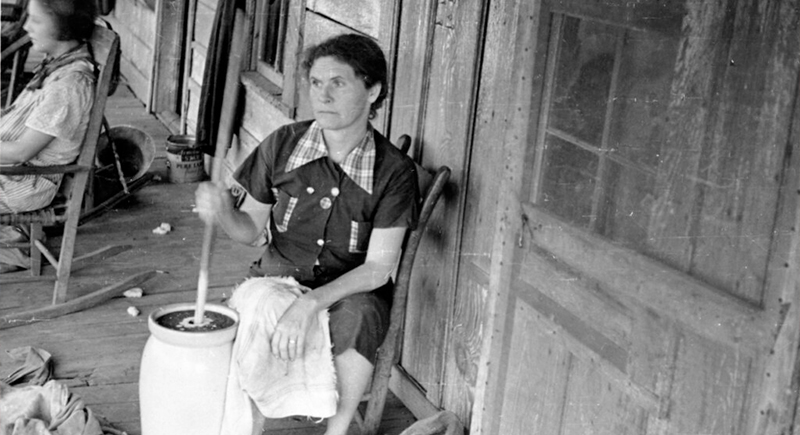
That satisfying ‘thunk-thunk’ of a dasher plunging into cream, transforming it into golden pats. Before supermarkets stocked endless dairy options, families resorted to this method to get butter at home. This hands-on process involved agitating cream in a churn until butter formed, leaving behind buttermilk.
Hand-grinding Coffee Beans
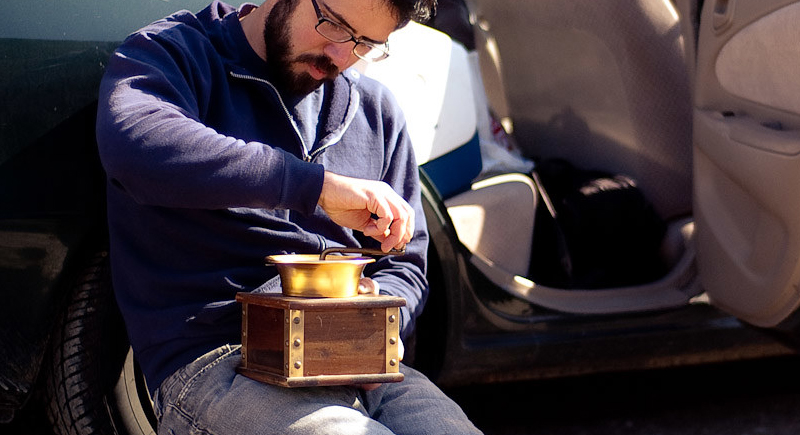
Before espresso machines, there was the crank-and-grind ritual. The process filled kitchens with the delicious aroma of freshly crushed beans, each turn of the handle a promise of well-made coffee. This method provided a consistent grind and preserved the beans’ natural flavors and oils.
Lighting Oil or Gas Lamps for Illumination

Remember when evenings meant gathering around the warm glow of oil or gas lamps? Families would trim wicks, fill reservoirs, and ignite flames to chase away the darkness. The soft hiss of a gas mantle ignited the space while shadows danced on walls—far more immersive than flipping a switch.
Ironing Clothes with a Stove-heated Iron
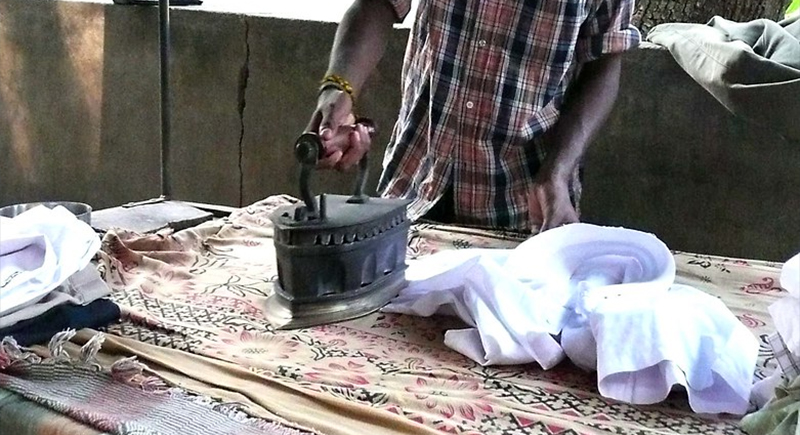
Remember when getting crisp clothes meant heating a cast-iron slab on the stove and testing its temperature with any unconventional method? You’d then have to pray it didn’t scorch your favorite outfit and quickly iron the cloth before the iron cooled down. This labor-intensive chore became history once electric irons came along.
Mending Clothes by Hand
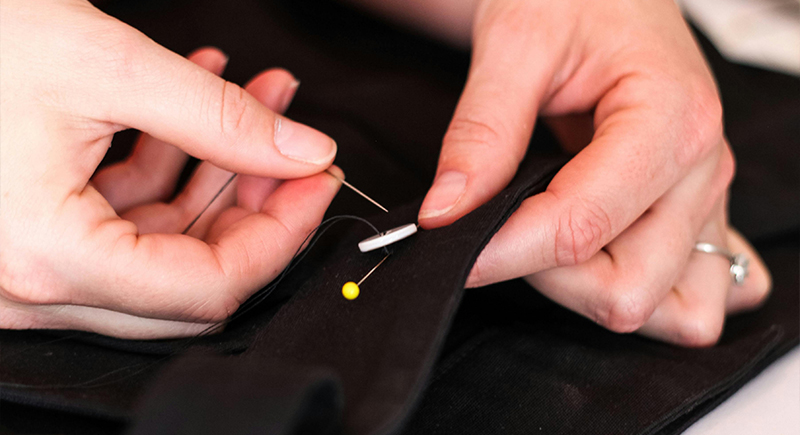
Hand-mending clothes was once a common household task before machines and the convenience of ready-made replacements. Whether darning socks by firelight or making zigzag stitches like tiny scars, hand-mending clothes were necessary for them to last. Each hole and patch, despite their crude appearance, told a story.
Delivering Ice Blocks for Iceboxes
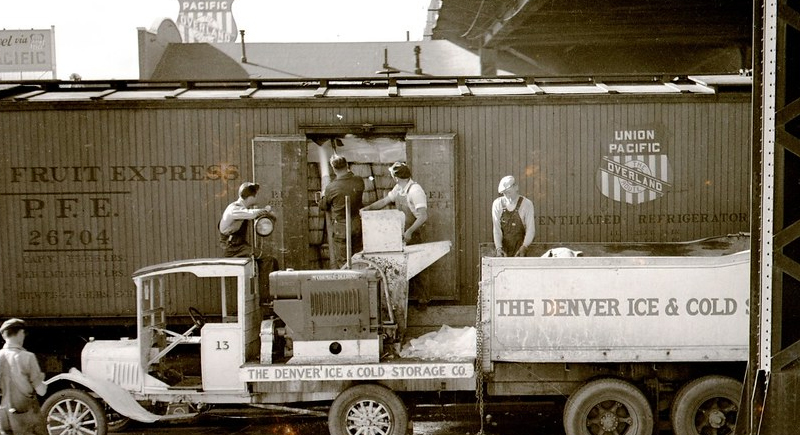
Before electric refrigerators, icemen delivered hefty ice blocks, often weighing 25 to 100 pounds. Back then, the clatter of horse-drawn wagons, trucks, and ice picks chipping away at crystalline blocks were common noises. Despite the risks of hauling those blocks, the job was important and entertained kids who would chase drips down the street.
Using a Wringer to Remove Water from Laundry
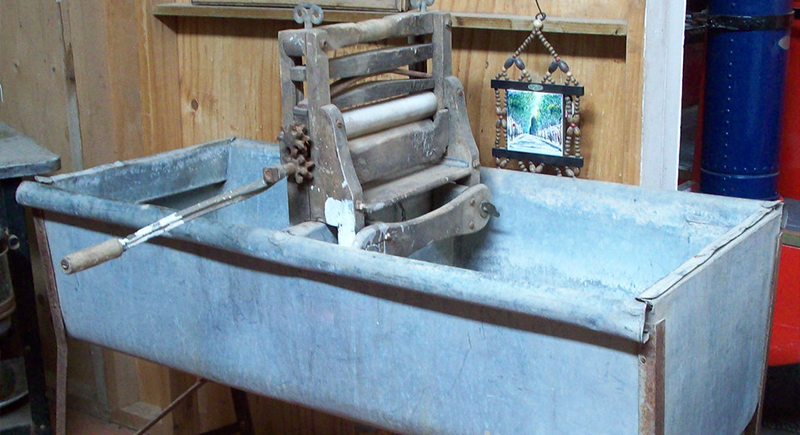
Before the advent of modern washing machines, removing excess water from clothes involved feeding them through a wringer—a device with two rollers operated by a hand crank. Despite most people’s fingers perilously close to getting crushed, the squelch of water hitting buckets was music to anyone who’d ever hand-wrung a bedsheet.
Polishing Silverware Frequently
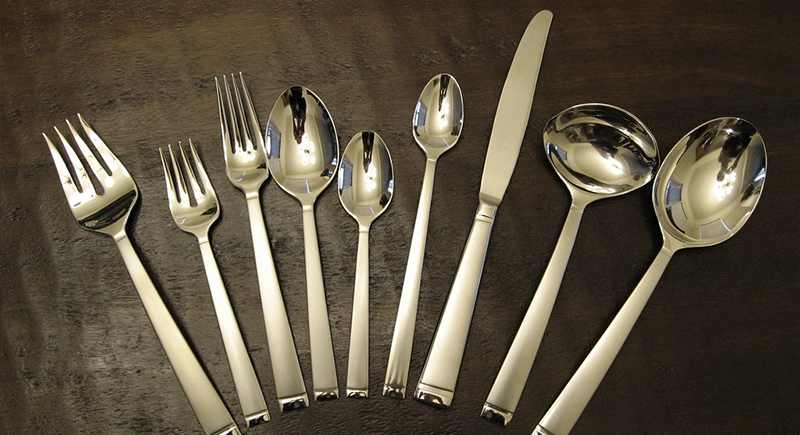
Sunday’s best wasn’t just for church. Buffing forks to a mirror shine was an important ritual because silver tended to tarnish. This tradition has faded with the rise of stainless steel and modern dishwashers, leaving memories of elbow grease and the satisfaction of a sparkling table.
Making Soap at Home
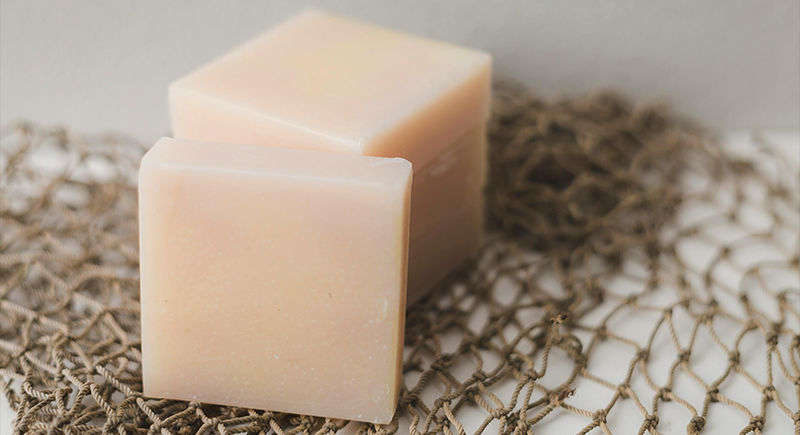
While soap is easily available today, it once involved a tedious process. Back then, you’d have to carefully combine animal fats and lye to produce essential cleaning bars. The hands-on process ensured cleanliness and fostered a sense of self-sufficiency. However, as mass-produced soaps became available, this process faded from daily life into a lost art.
Cleaning Chimneys
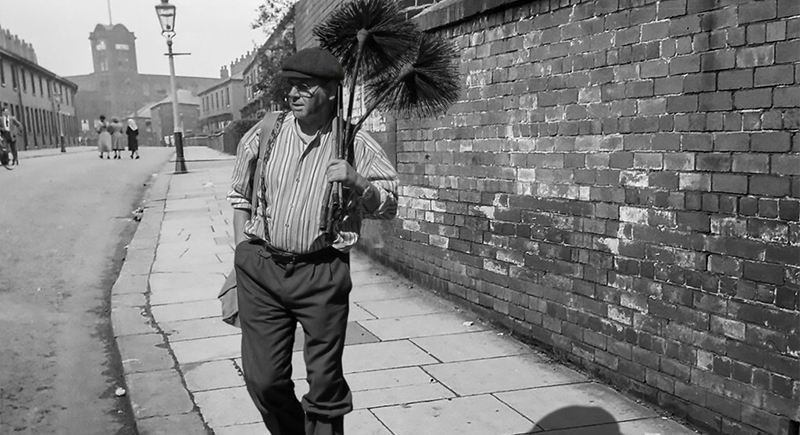
Cleaning chimneys was once a vital household task, especially when families relied on fireplaces for warmth. All that soot and creosote buildup had to be cleared up before winter and Santa’s fabled visit. This practice persisted until technological advancements like Joseph Glass’s specialized cleaning equipment emerged.
Collecting Rainwater for Household Use
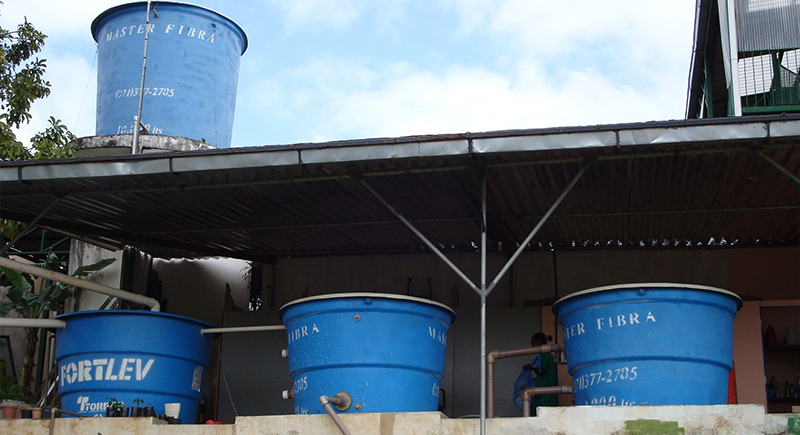
Collecting rainwater was once a common household practice before the advent of public water utilities—barrels beneath gutters, the ‘plink-plink’ of rain filling buckets. If you didn’t mind the occasional tadpole, it was nature’s utility bill-free gift. Growing environmental awareness may be bringing this one back.
Smoking Meats for Preservation
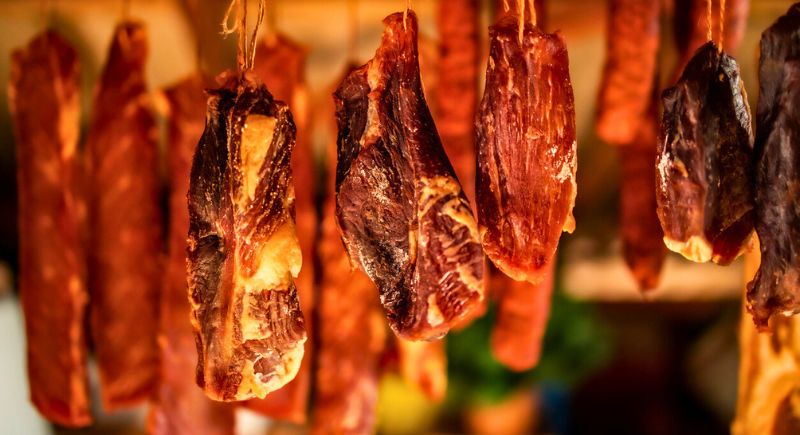
Smoking meats was once a cornerstone of food preservation, especially before refrigeration. Folks would expose meat to burning hickory chips as a thin film formed on the surface of the meat, preventing bacteria and the like. No app-controlled smoker could replicate the pride of slicing into jerky that survived months without a fridge.
Winding Clocks
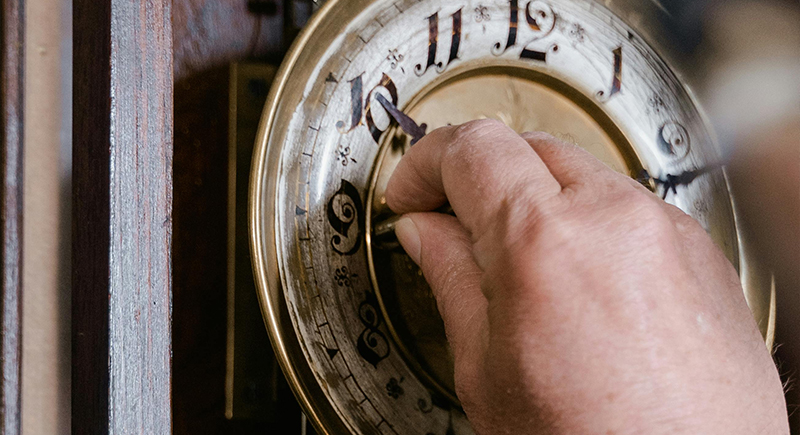
Before digital devices took over, winding clocks was a regular household task. Whether it was a grandparent’s mantel clock or a wall-mounted timepiece, keeping them ticking required a routine key twist. As simple as it was, it kept families connected.